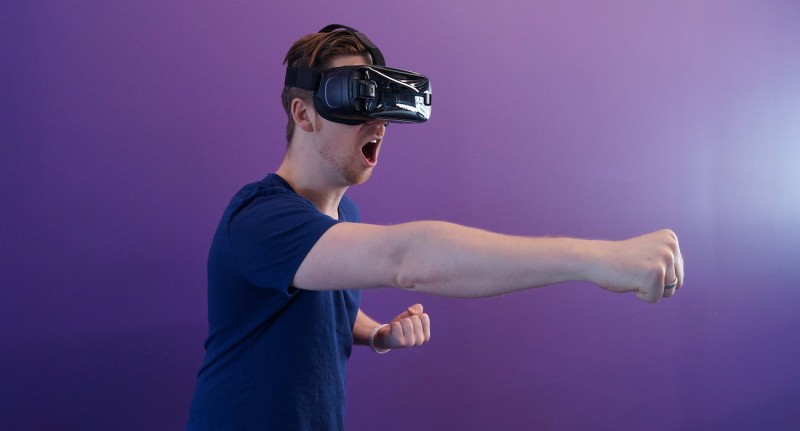In our ever-evolving tech-driven world, augmented reality (AR) emerges as a beacon of innovation. Unlike its immersive cousin, virtual reality (VR), which transports users to entirely fabricated worlds, AR gracefully blends the digital with reality, enhancing our daily encounters. Share your thoughts at the Tech Blogs Write for Us category.
What is Augmented Reality (AR)?
AR breathes life into our surroundings by seamlessly merging real-world environments with dynamic digital information in real time. Picture this: as you gaze upon your physical surroundings, digital enhancements seamlessly integrate, enriching your view. This is the essence of AR.
From transforming natural settings to providing supplementary information, AR's capabilities are limitless. Its prowess lies in merging digital and three-dimensional (3D) elements with our perception of reality, creating a harmonious fusion where digital overlays enhance our comprehension of the world.
How Does Augmented Reality Work?
AR's magic unfolds through various devices, from smartphones and tablets to futuristic AR contact lenses in development. To bring AR to life, specific hardware components are essential, including processors, sensors, displays, and input devices.Sensors such as cameras, accelerometers, Global Positioning System (GPS), and solid-state compasses equip our gadgets. These sensors collaborate to pinpoint your location, understand device orientation, and democratize AR accessibility.
Advanced AR applications employed in military training employ machine vision, object recognition, and gesture recognition. For demanding tasks, data processing can be offload to more robust machines to ensure seamless performance.
AR apps are crafted using specialized 3D programs, linking animations or digital data to real-world markers. When an AR device detects a recognized marker, it interprets and executes the marker's code, layering the relevant digital content into your view.
AR vs. VR
While AR and VR share common ground in immersive tech, they differ significantly in approach. VR transports users to entirely fabricated realms, stimulating the senses with artificial sights and sounds.
In contrast, AR enhances your existing reality by overlaying digital data onto your real-world environment. AR devices like smartphones, glasses, and HUDs (Heads-Up Displays) immerse you in a mixed reality, where digital elements coexist with the tangible world.
Real-World Applications of AR
AR's versatility spans various domains:
- Retail: Visualize products in your living space before purchase.
- Entertainment and Gaming: Turn your surroundings into a gaming arena or create fun social media content.
- Navigation: Overlay navigation routes for seamless direction.
- Tools and Measurement: Use your mobile device for precise 3D measurements.
- Architecture: Visualize complex building projects.
- Military: Equip soldiers with AR eyepieces for enhanced situational awareness.
- Archaeology: Reconstruct archaeological sites for research and education.
Real-Life AR Examples
- Target App: Preview furniture placement in your home via AR.
- Apple Measure App: Transform your iPhone into a digital tape measure.
- Snapchat: Enhance photos and videos with AR filters and masks.
- Pokemon Go: Embark on a virtual Pokemon hunt intertwined with reality.
- Google Glass: Experience hands-free AR, particularly in logistics and shipping.
- U.S. Army: Utilizes Tactical Augmented Reality (TAR) for enhanced awareness.
The Future of AR Technology
As AR technology continues to evolve, its future gleams with promise. The growth of 5G networks will bolster cloud-based AR experiences, offering higher data speeds and reduced latency.
Tech giants like Apple and Google remain committed to advancing AR. Apple's ARKit and Google's ARCore empower developers to craft innovative AR applications. ARKit 6 and ARCore's geospatial API expand AR's capabilities.Pioneering advancements, such as Google's smart glasses translating audio to text, may revolutionize cross-lingual communication.
The Bottom Line
In an era of limitless possibilities, AR beckons us to embrace the convergence of digital and reality. The age of augmented reality is upon us, promising immersive experiences and enriched interactions across diverse platforms and media. As we journey forward, AR will continue to bridge the gap between the digital and the real, enriching our lives in ways we've only begun to imagine.

